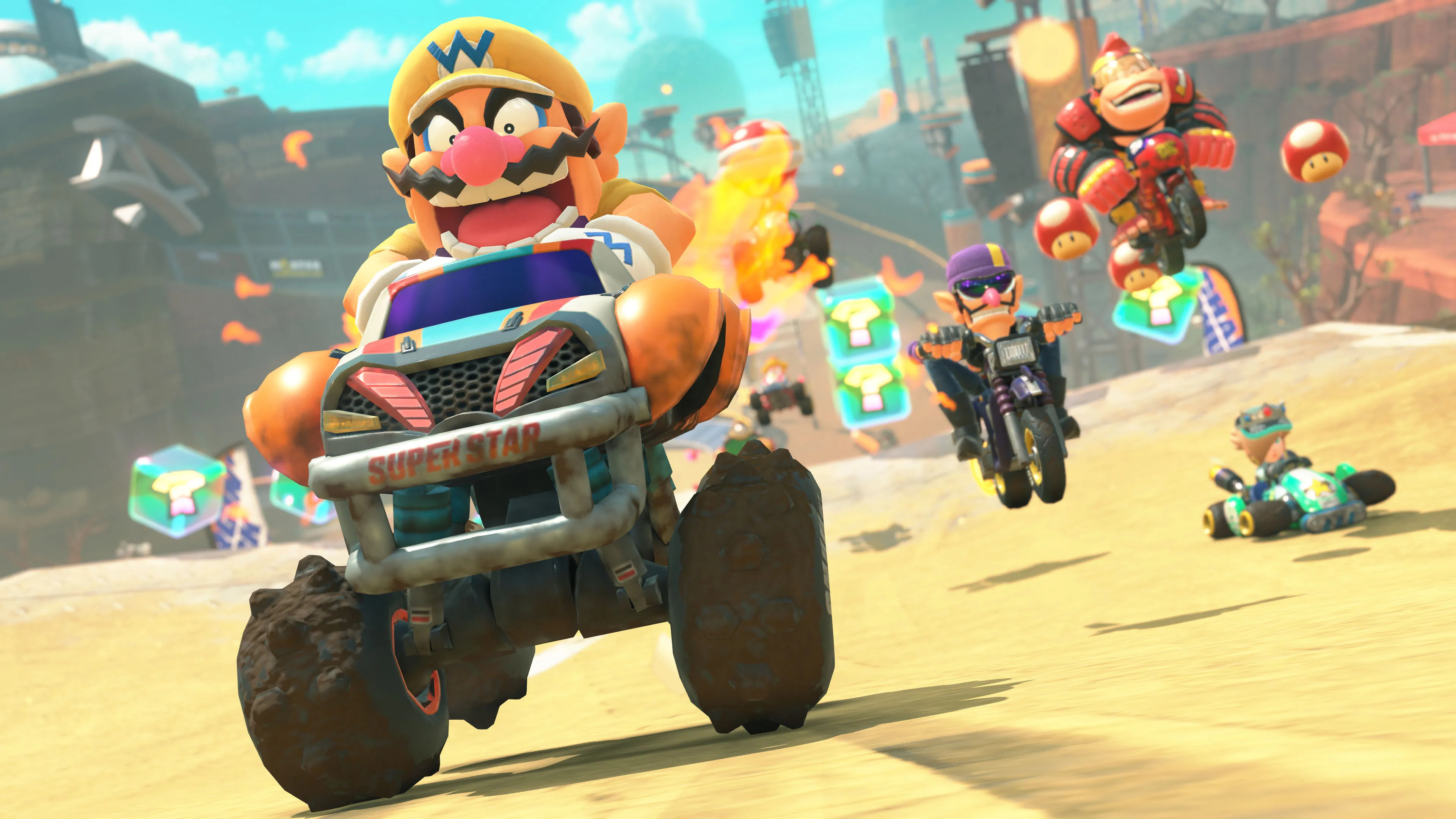Switch 2: Can Nintendo Break Its Boom-and-Bust Cycle?

Nintendo's pattern of success follows a fascinating trajectory: they create groundbreaking, phenomenally successful products that capture the gaming world's imagination, only to occasionally become victims of their own remarkable achievements. After experiencing monumental success, the company sometimes falls into a trap of overconfidence, potentially losing touch with the innovative spirit that initially propelled them to greatness.
This cyclical phenomenon sees Nintendo alternating between moments of brilliant innovation and periods of creative complacency. When they're at their best, they revolutionize gaming with unique concepts and intuitive design. However, during their less inspired moments, they can become somewhat insular, potentially overlooking the very player-centric creativity that made them industry leaders.
The key challenge for Nintendo lies in maintaining their legendary creativity while avoiding the pitfalls of corporate hubris—a delicate balance between honoring their storied legacy and continuing to push the boundaries of interactive entertainment.
